What to See, Experience, and Explore at Miami Art Week 2025
We checked in with our former podcast guests who will be inching through Miami traffic, unveiling new works, signing books and revealing new projects this year.
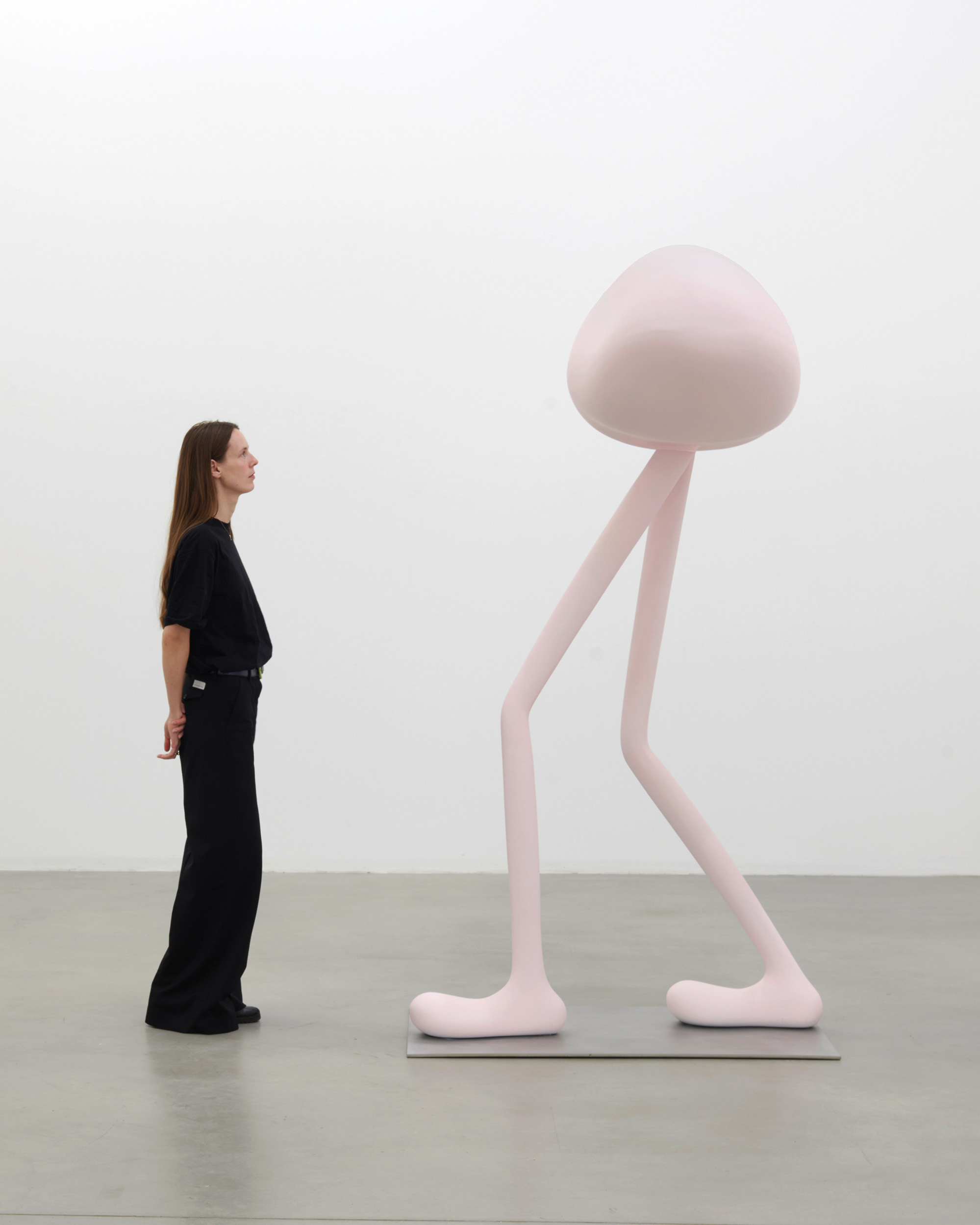
Welcome to The Curator, a newsletter companion to The Grand Tourist with Dan Rubinstein podcast. Sign up to get added to the list. Have news to share? Reach us at hello@thegrandtourist.net.
Salzburg, “Erwin Wurm: Mindset” (Until Sept. 27)
Erwin Wurm, a former guest of the podcast, has spent decades bending reality in his sly, humorous sculptures. In the last few years, the Austrian artist has explored the theme of identity. In his Bag Sculptures (2023), for example, designer bags with long cartoonish legs comment on fashion, status, and consumerism. A new series turns instead to our inner worlds. He sets cloudlike blobs on spindly legs, dressing some in ill-fitting sweaters or rainboots. They are a “symbol of an idea or a specific thought, which is not described,” he says. ropac.net
London, “Ernest Edmonds: Networked” (Until Sept. 6)
In 1970, Ernest Edmonds exhibited one of the earliest interactive artworks made using a computer. An early adopter of digital art, the logician and mathematician was interested not in automating art, but making human interaction a new medium. Here, two landmark works illustrate Edmond’s radical rethinking of communication and art over six decades. One of his first pre-Internet works, Communication Game (1969), allowed participants to interact via light. His latest and most ambitious project, Quantum Tango (2025), uses an algorithm and live audience movement in three cities to create the work. gazelliarthouse.com
Los Angeles, “Maja Ruznic: Srklet” (Until Sept. 13)
Maja Ruznic’s first painting supplies came from a refugee camp: a small box of watercolors her mother procured for her after fleeing the Bosnian War at age nine. Eventually studying art in San Francisco, Ruznic leaned on a psychoanalytic approach to trauma and grief in her ghostly, seductively-colored paintings. Now, in her New Mexico studio, she begins every morning by coaxing out her subconscious with gouache on Khadi paper. This is the first show to focus entirely on her small but dense works on paper which underpin her ethereal canvases. karmakarma.org
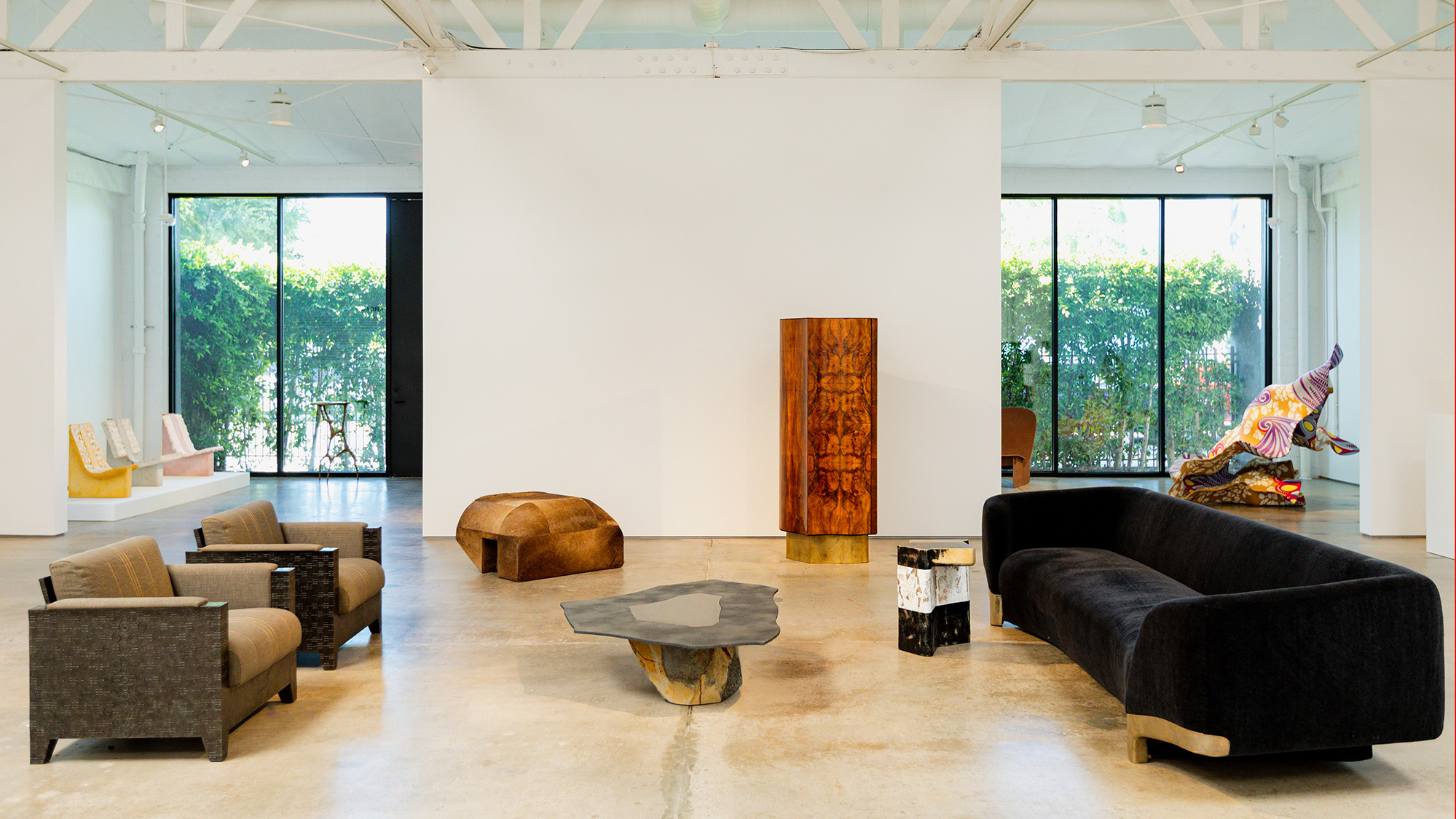
Los Angeles, “Arcadia: Robert Stadler | Yinka Shonibare CBE” (Until Nov. 1)
In this hefty gathering of 30 sculptural works, metals, marble, stone, and wood are crafted with the highest precision. Yinka Shonibare’s Windy Chair makes aluminum and steel look as weightless as silk in the wind, while in 3DPD Low Table 1, Robert Stadler precisely slices marble so that its wavy veins run ruler-straight. This exhibition’s international roster of artists, which includes Rick Owens and Karl Lagerfeld, push these materials to their structural and conceptual limits. carpentersworkshopgallery.com
Toruń, “Bill Viola: Visions of Time” (Until Dec. 31)
Bill Viola, who died last year, began using new video technologies in the 1970s to explore some of the oldest subjects in art, like grief, birth, and death. The American video artist borrowed more from Renaissance painting than from cinema or TV, developing a uniquely austere style that focused on slowed-down imagery and composition to elicit feeling. This major retrospective features seminal works, including the 1983 immersive installation Room for St John of the Cross and a 2014 video Martyrs, in which four figures are each engulfed by earth, air, fire and water. csw.torun.pl
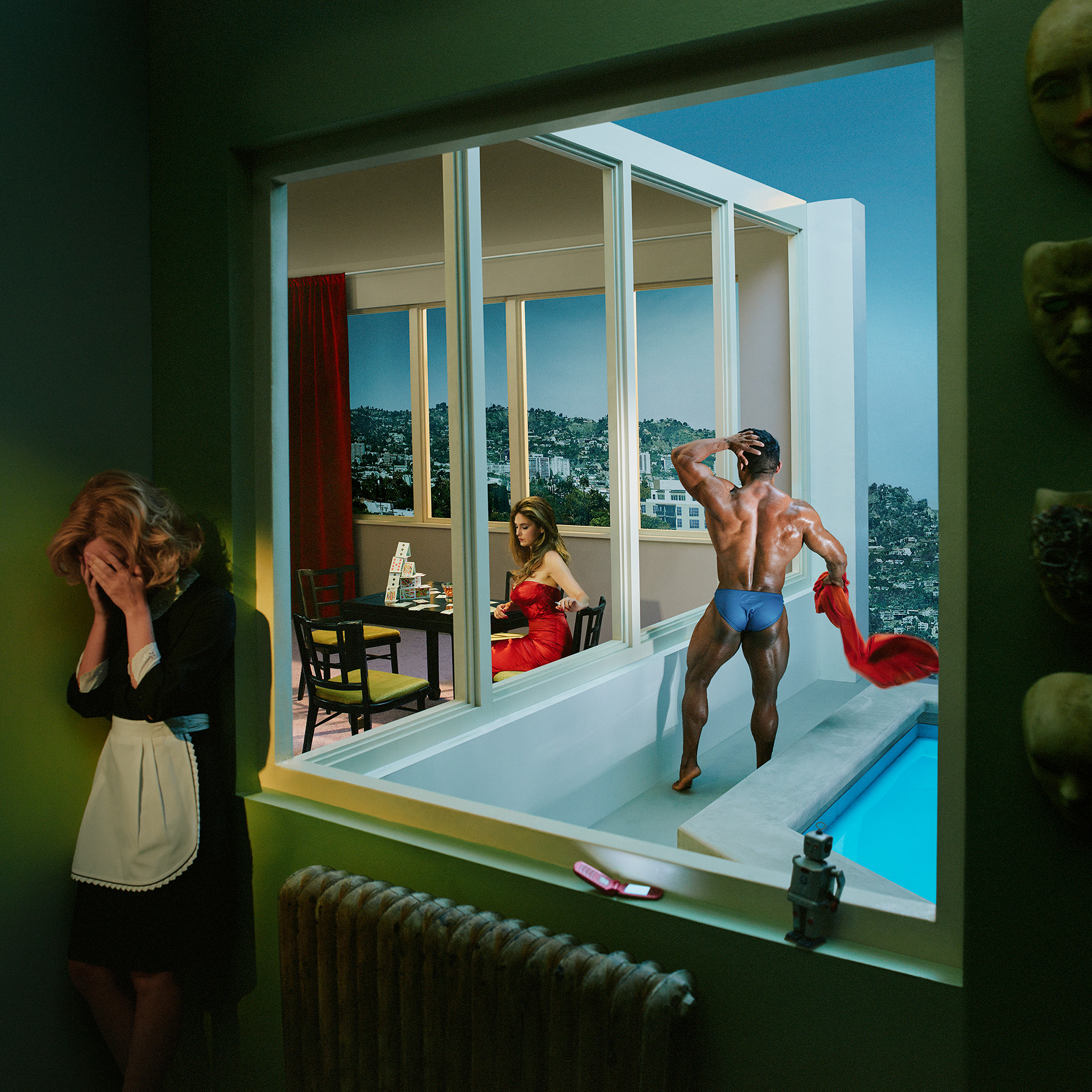
We checked in with our former podcast guests who will be inching through Miami traffic, unveiling new works, signing books and revealing new projects this year.
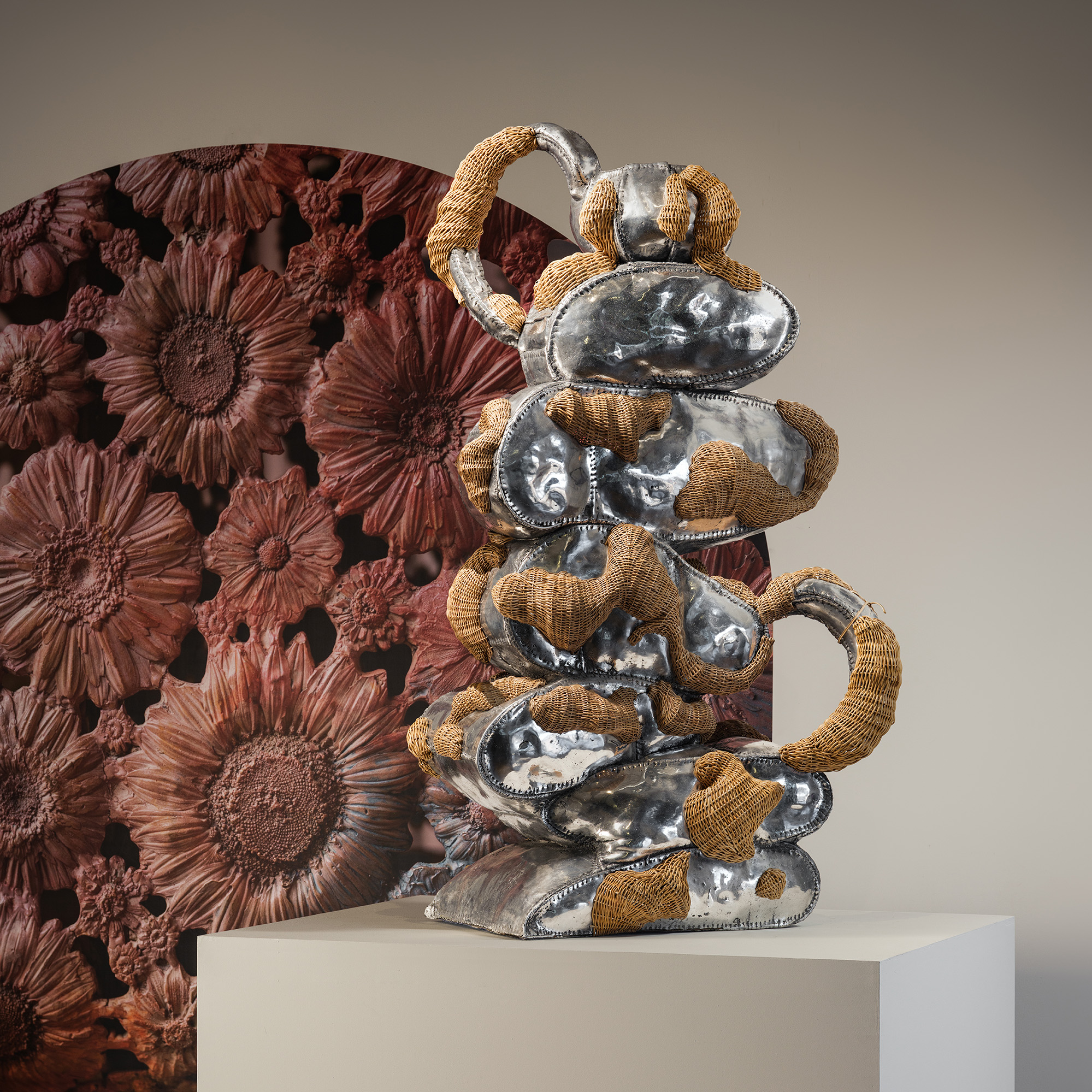
The ecstatic designs of Chris Wolston come to Texas, Juergen Teller's most honest show yet opens in Athens, a forgotten Cuban Modernist is revived in New York, and more.
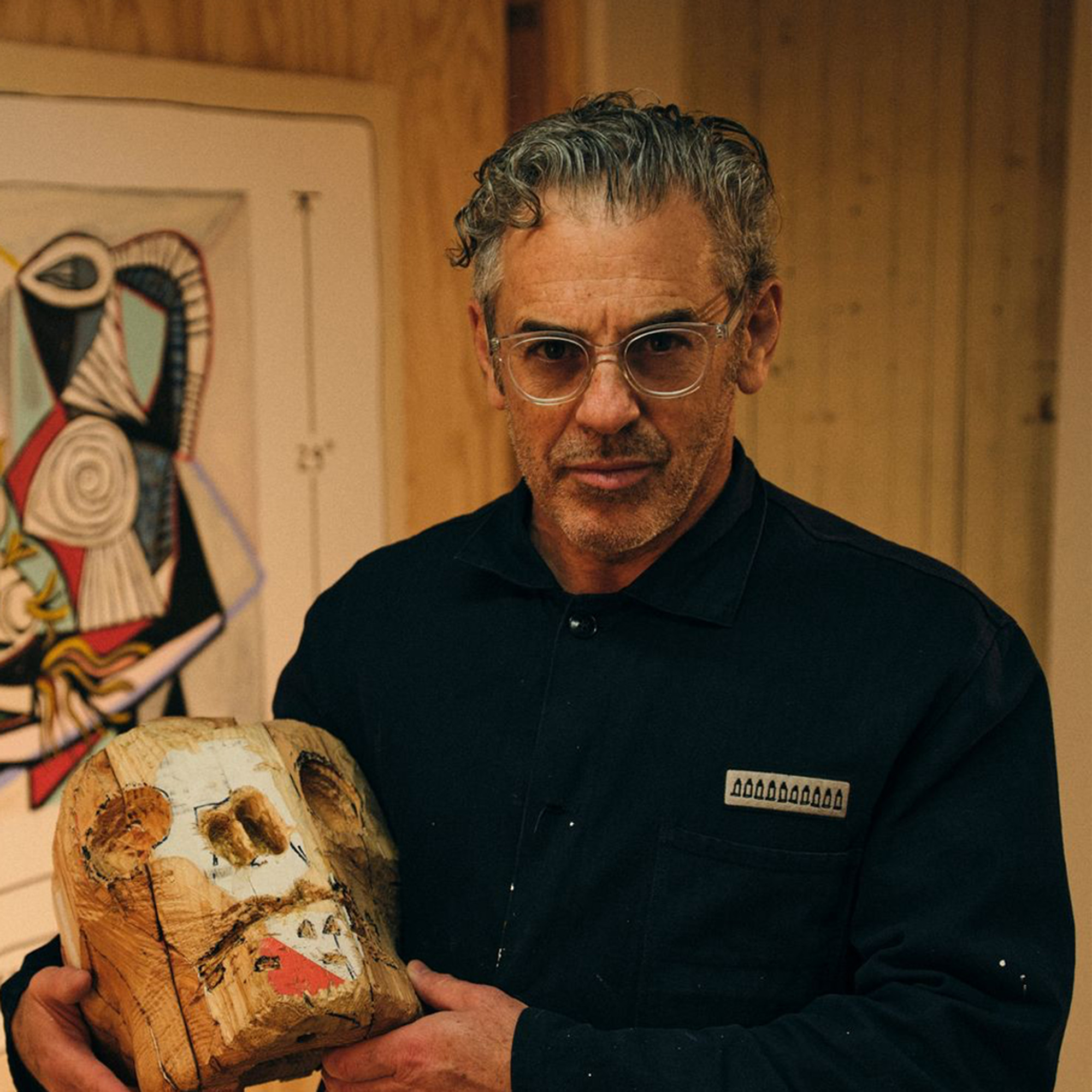
Tom Sachs explores various creative disciplines, from sculpture and filmmaking to design and painting. On this season finale, Dan speaks with Tom about his accidental journey to fine art, how an installation in a Barneys window kickstarted his career, and more.